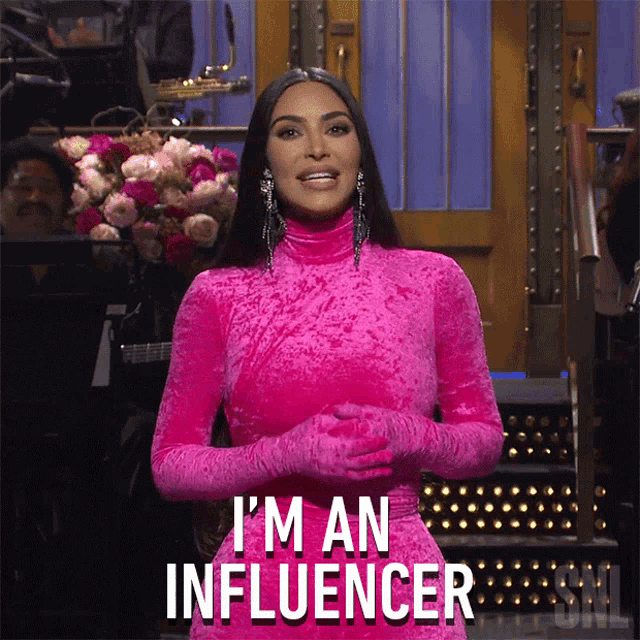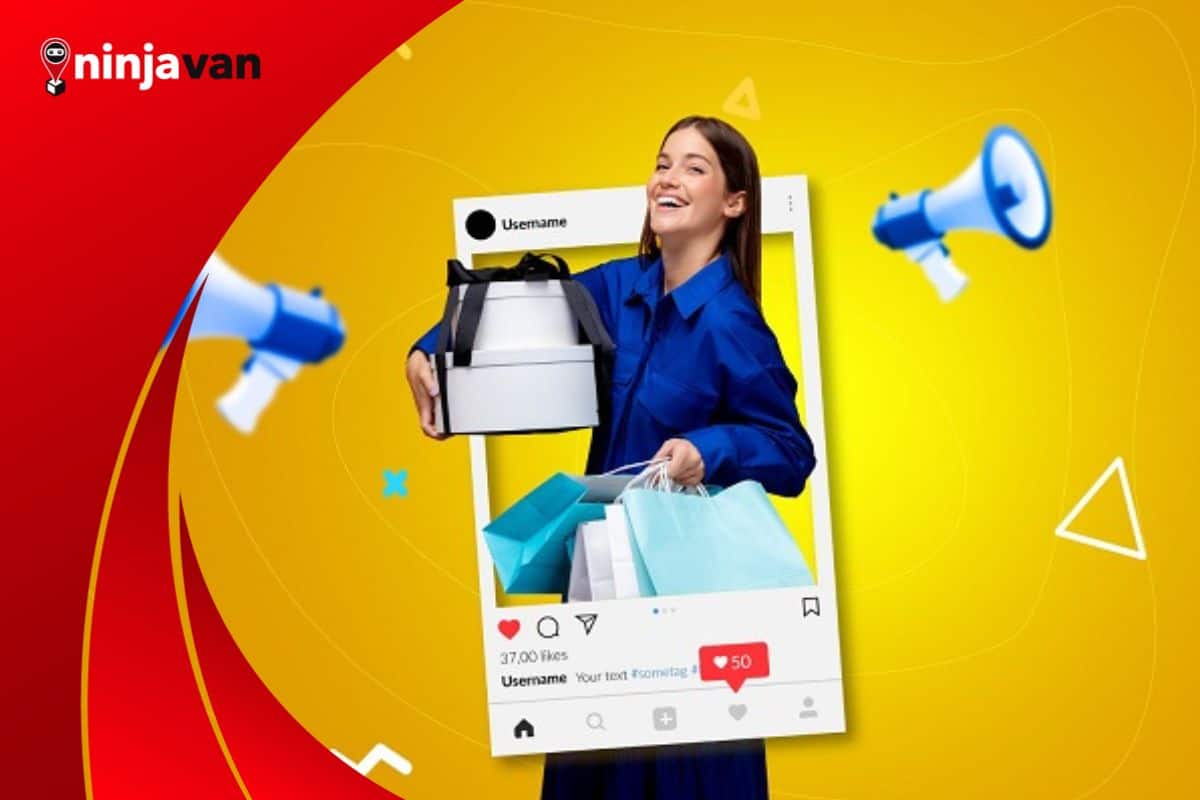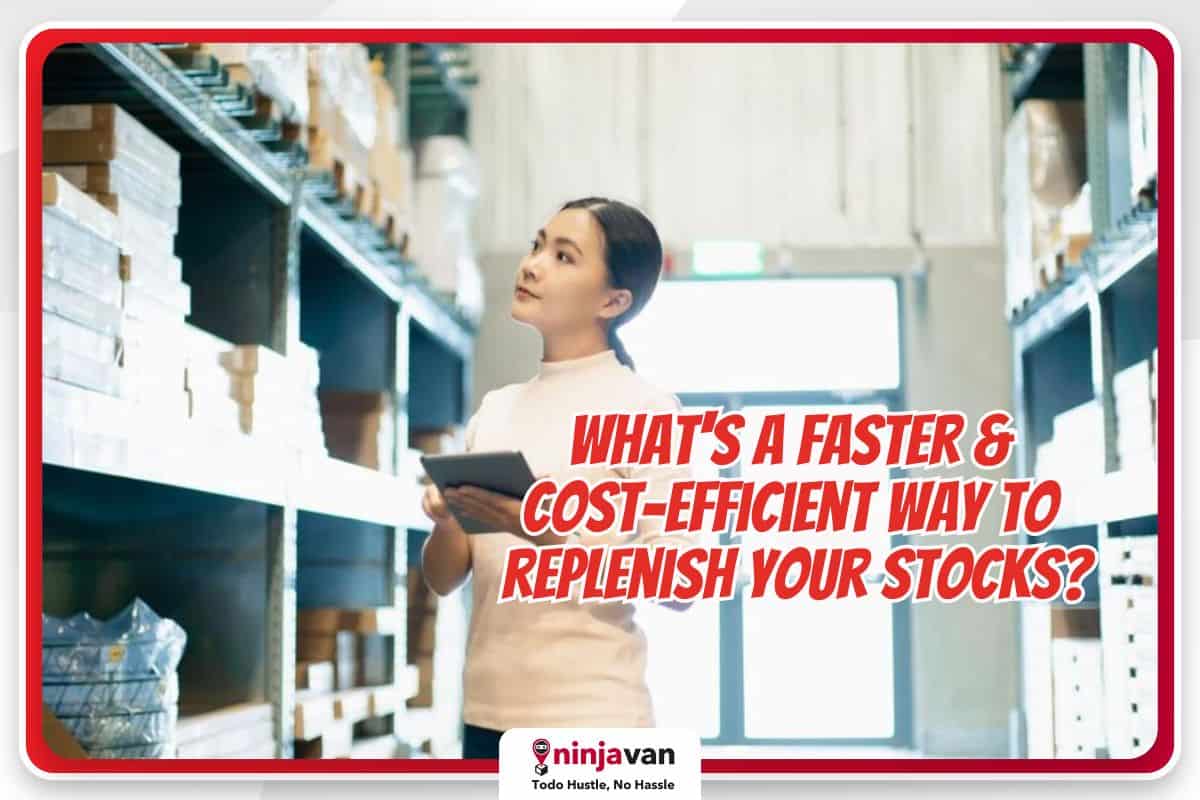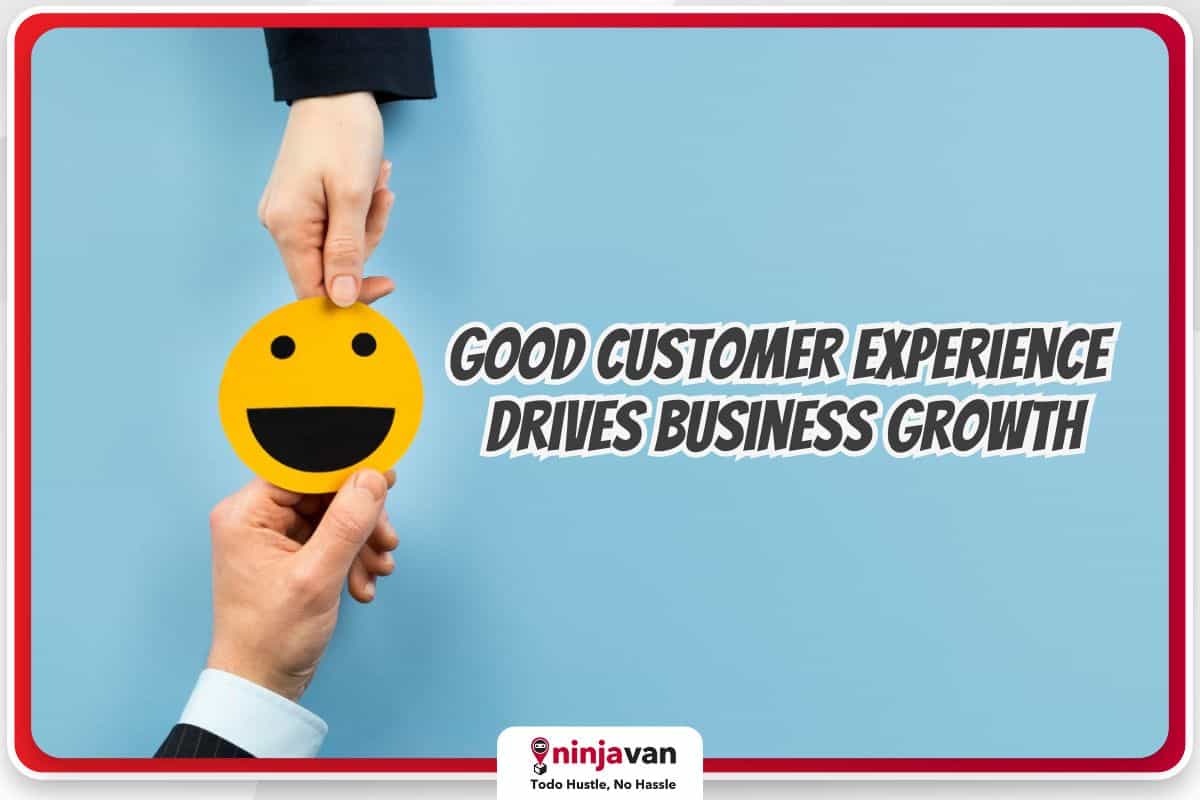Social media influencers have become more prominent. This is why digital marketers are turning to influencer marketing to reach a wider audience and affect customer conversion.
Whether you run a big company or handle a small ecommerce brand, influencer marketing is definitely a good digital marketing strategy to try.
What is Influencer Marketing?

Influencer marketing is a technique that leverages the wide reach of an influencer or someone who has a considerable amount of followers to endorse a brand or a company’s products and services.
It mainly revolves around the co-creation of content, plugging of products, and ‘influencing’ people to buy the brand’s products. Its main goal is to increase brand awareness and derive trust from the good reputation of the social media influencer.
Why It Works Well In The Philippines
Aside from the fact that the Philippines has a 67% Internet penetration, Filipinos are also known to be really into social media. As we know, social media is where most influencers are.

So with social media part of everyone’s everyday routine, the activities and posts of Instagram influencers, Facebook influencers, Twitter influencers, YouTube influencers, and more recently, TikTok influencers, also become a part of their day.
Take Lincoln Velasquez of CongTV for example. He’s not exactly a showbiz personality but he is considered an internet celebrity because of his large number of YouTube followers — 6.84 million subscribers to be exact! He’s been getting endorsements from mobile companies, soft drink companies, and of course other smaller e-commerce brands.
Let’s also take a look at another popular Filipino influencer, Alodia Gosiengfiao. With over 7.5 million followers on Facebook and 1.4 million followers on Instagram, her broad network reach is undeniable. From freebie decadent cakes to exciting cosplay item giveaways, we see that brands, both small and big, seek to leverage her influence on social media.
What are the types of influencers?
How do you know which influencer would be a good fit for your brand? First, you must know that there are four major types of influencers based on the number of followers:

User-generated content through influencers
User-generated content are usually associated with “regular” people or customers who brought your product. But you can also have UGC through influencers
Your influencer campaigns can spark an influx of user-generated content for your brand. With the influencers’ ability to connect with their highly-targeted audiences, they can craft content that are perfectly suited for your target audience.
Mega-Influencers
They have more than 1 million followers on their social media channels. They are highly visible and enjoy celebrity status, or maybe they’re really celebrities: movie stars, models, TV personalities, athletes, etc.
Having said that, they also command a high price if you’ll hire them for your brand. But the price comes with the confidence that they will deliver high customer engagement as well. These influencers are often on the list of big companies because, well, they can afford it.
Macro-Influencers
Macro-influencers command between 100,000 to 1 million followers. They may also be celebrities, but they’re more likely to have gained fame on the internet, either through vlogging, Instagram posts or producing inspiring content online.
Micro-Influencers
This group of influencers has a following of 1,000 up to 100,000. But don’t fret about the smaller numbers. Because they are more niche and are mostly industry experts, key opinion leaders (KOLs) or topic specialists. They have a loyal and targeted following, which may be better for your brand.
Also read: How Micro influencers Can Help Your Brand
Nano-Influencers
The last type is nano-influencers. These are influencers with less than 1,000 followers. And like the micro-influencers, you shouldn’t disregard them immediately. They have a niche specialization and are considered community experts. You immediately know the type of customers you’re affecting.
If you have a limited budget, tap Filipino influencers in the Nano and Micro category. It’s a more cost-effective approach as you are marketing on smaller but really targeted audiences.
TikTok influencers
With the popularity of TikTok also comes the rise of sellers on TikTok shop. And these online sellers tap a very specific set of influencers to boost their brand presence (and sales) on the platform.
TikTok influencers are more in tuned with user trends and challenges. They can boost brand recognition quickly as many shoppers now trust many TikTok content creators when it comes to product recommendations as they find the reviews authentic and engaging.
The pros and cons of influencer marketing
Like any other marketing strategy, influencer marketing has its advantages and disadvantages:
The Pros
1. It DOES work really well
Previous research has shown that nearly 40% of Twitter users say they’ve made a purchase as a direct result of a tweet from an influencer. Not only that, but the study also shows that when Twitter users are exposed to joint brand and influencer tweets, purchase intent becomes 5.2 times more than usual.
2. It’s relatively cheaper
We all know that celebrity endorsements can cost a fortune. The good thing with influencer marketing is that the fees of influencers are relatively cheaper than those of big celebrities.
This is mainly because influencer marketing strategy does not have the added production costs of traditional commercial marketing, such as cameramen fees, media placement fees, directors, producers etc. Instead, influencers create their own content. But no worries! It gets the job done just the same.
3. It can target a specific niche/audience

Since influencers have unique sets of audiences and followers, you can easily target a specific niche or market by choosing an influencer whose majority of followers are interested in the things that your line of business offers.
For example, if you are an ecommerce seller of computer gaming accessories, you can choose an influencer who is popular for streaming or famous for being an excellent online gamer.
4. It helps boost brand reputation

As discussed, influencer marketing leverages the good reputation of the influencer. That said, this good reputation can further extend to your brand’s own reputation.
People with good reputations are regarded by society in general as trustworthy. Hence, customers are more likely to get truly ‘influenced’ by these brands if their influencers have credibility.
5. It has a wide reach
Since influencers have a wide reach, naturally, the ads and content of your influencer marketing campaign would also reach a wide set of audiences. Obviously, the saying ‘less is more’ does not apply here. The more followers the influencer has, the more audiences your content will reach.
The Cons
1. Your brand image can be affected by negative publicity

Influencers, whether they like it or not, are prone to be the target of issues and gossip. This is just one of the unfortunate consequences of being on that side of the spotlight.
If you choose an influencer to become one of your brand ambassadors, your brand also runs the risk of sharing in their burden when any negative controversy hits them. Controversies that adversely affect the influencer’s reputation also affect the brand’s, especially when people see them as a reflection of your brand’s own values.
2. Difficult to calculate influencer marketing results
Since evaluating the results of your digital marketing efforts is essential for any future improvement and monitoring, the difficulty of calculating its results should be taken into consideration.
Influencer marketing belongs to the class of digital marketing techniques that are harder to evaluate. You’d have to take into account various types of engagement factors such as ‘likes’, ‘tweets’, ‘cost-per-engagement’, and ‘cost-per-like’.
Tips on influencer marketing development and execution
Step 1: Define your brand’s goals and values
Before going through the whole process of formulating your influencer marketing strategy, ask yourself the following questions:
- What are my brand’s marketing goals?
- What are my brand’s core values?
- How much am I willing to spend on marketing?
The answers to these questions will be your starting point.
Step 2: Know and understand your target niche/audience
Knowing and understanding what makes your target market ‘buy’ or ‘not buy’ is key to forming a good digital marketing strategy. Also, knowing your target demographic is essential for effective messaging.
Once you’ve figured out this vital information, you can then choose the most appropriate influencer for your brand based on those standards.
Step 3: Watch your competitors closely
As the saying goes, “Keep your friends close but keep your enemies closer.” Similarly, it pays to watch your competitors closely because you’ll have an idea of what works and what does not. By observing how they interact with their audience and most especially who they choose to represent their brand, you’ll get helpful information that will help you create a stronger marketing strategy.
Step 4: Choose the right social media influencer for your brand

Choosing the right influencer to represent your brand is the hardest but most crucial step in the process. Applying the steps stated above, you can be sure to form a solid influencer marketing strategy.
Ideal qualities to look for in an influencer:
a) Multi-skilled/multi-talented;
b) Fun and engaging;
c) Has authority on his/her niche;
d) Good number of followers; and
e) Has an entrepreneurial mindset.
It may be worth noting that there are many fake influencers out there. Here’s a checklist on how to spot a fake influencer:
a) Check their followers: Consider scanning the followers’ profiles to assess them. Do most of his/her followers have strange/incredible names? Do their names include a lot of numbers or unnecessary symbols? If the answers to these questions are mostly yes, then you might be looking at a fake influencer.
b) Consider the number of followers to engagement ratio: Does he/she have a million followers but only get minimal comments and likes on her page? They can be bots or fake followers that the influencer must have bought.
c) Assess engagement quality: After considering follower to engagement ratio, you should also assess engagement quality. Watch out for generic comments like “nice”, “beautiful”, “wow” and comments that have many emojis in them. Chances are, the engagement comments are bought, too.
Step 5: Analyze Your Results and Modify Your Strategy Accordingly
After launching the influencer marketing campaign, you would want to analyze your results to measure its success. You can use several metrics like link-building metrics (measured by the quality of your links and the number of links), post engagement metrics (measured by the number of likes, retweets, shares, and comments), or sales metrics (measured by the number of new customers and new purchases).
If you see that the results meet your initial marketing goals, congratulations, you’ve built a strong influencer marketing strategy!

If it needs improvement, you can modify your process. You can also try combining your current influencer marketing campaign with other digital marketing strategies like social media marketing and relationship marketing.
Influencer marketing is a very effective way to increase brand awareness, customer conversion and bolster your brand’s good reputation. You can also reach more people faster than the usual Facebook ads.
Keep these tips in mind if you’re planning to initiate an influencer marketing campaign anytime soon.
More influencer marketing tips for you:
10 VisMin Influencers: Their Local Reach and Power
How to Work Best with Fashion Influencers






